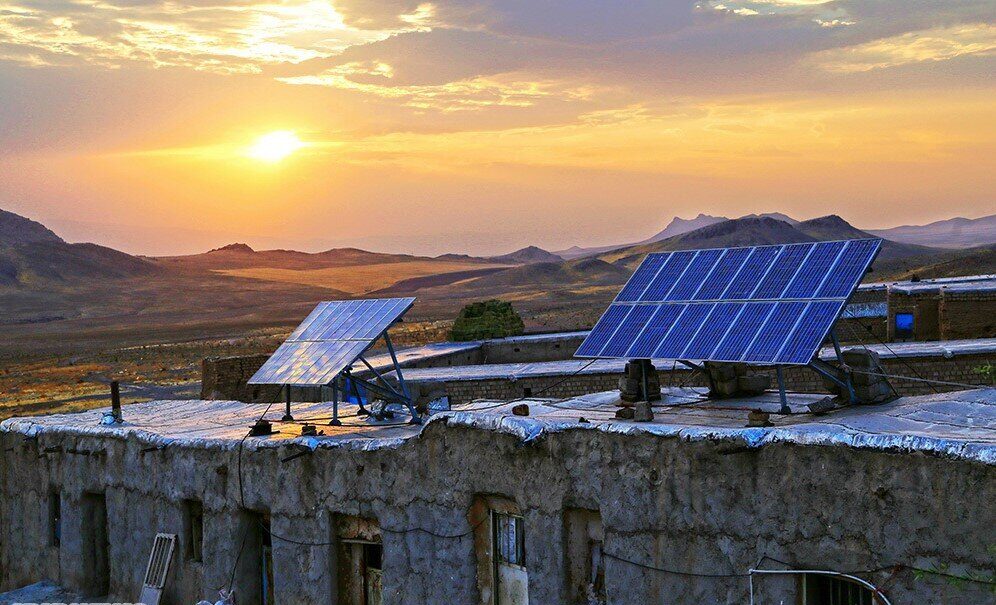
From May, an online portal will offer comprehensive dossiers on these villages included in the Mera Gaon Meri Dharohar programme.
The government has discovered and documented distinctive traits of more than one lakh villages across the nation in an effort to capitalise on the diverse cultural legacy of rural India.
In this mapping of cultural assets, villages have been roughly categorised into seven to eight categories based on their importance in terms of ecology, development, and academics, whether they produce a well-known textile or product, and whether they have ties to historical or mythological events like the Indian Independence War or epics like the Mahabharata.
The Bishnoi village in Jodhpur in Rajasthan, which is a case study for coexisting with nature, and the Raini village in Uttarakhand, which is renowned for the Chipko movement, are examples of ecological communities.
Villages that are important for development include Modhera in Gujarat, the country’s first solar-powered community.
The settlements included in the historical category are Vidurashwathar in Karnataka and Hanol in Uttarakhand, both of which have ties to the Mahabharata. Kandel in Madhya Pradesh, the location of the renowned “Jal Satyagraha,” is also included.
For their historical significance, Suketi in Himachal Pradesh—oldest Asia’s fossil park—and Pandrethan in Kashmir, home to Shaivite mystic Lal Ded, are also listed.
The entire project was carried out as part of the National Mission for Cultural Mapping’s “Mera Gaon Meri Dharohar” (My Village My Heritage) programme (NMCM).
The NMCM seeks to create a thorough database of artistic disciplines, creators, and other resources across the nation. Although the programme was initially introduced by the Cultural Ministry in 2017, it had a delayed start and was transferred to the Indira Gandhi National Centre for Arts (IGNCA) in 2021.
According to the administrative permission for the project, the Culture Ministry had granted a budget of 469 crore for the mission in 2017 for a duration of three years.
According to the IGNCA, field surveys were used to map the cultural assets of these settlements.
According to Molly Kaushal, director of the NMCM initiative, “detailed field surveys were carried out by combined teams of the Cultural Ministry and the Common Services Centres (CSC), under the Ministry of Electronics and IT (MEITY) to generate the dossiers.”
By asking residents to share what makes their village, block, or district distinctive, the poll captures the cultural uniqueness of the villages.
A CSC Village Level Entrepreneur (VLE) conducts interviews with residents as part of the survey process, after which the VLE uploads interesting information about the village’s landmarks, points of interest, customs and traditions, notable individuals, festivals and beliefs, art and culture, etc. to a unique application.
The 6.5 lakh villages in the nation will all be covered by the IGNCA. Also, there are plans to produce special videos portraying the histories of 6,500 village groupings.
“As of right now, 750 clusters of villages have been the subject of short films. Drones were used to film the 360-degree panoramas of the community, according to Ms. Kaushal.
On a website named “The National Culture Work Site,” the in-depth dossiers on these communities as well as the films that have been shot, will be made available in May. All of the documented communities would be represented in a virtual living museum on the website. Additionally, locals would be given the ability to alter and upload their own village data as well as a facility for crowdsourcing the upload of entire villages.






